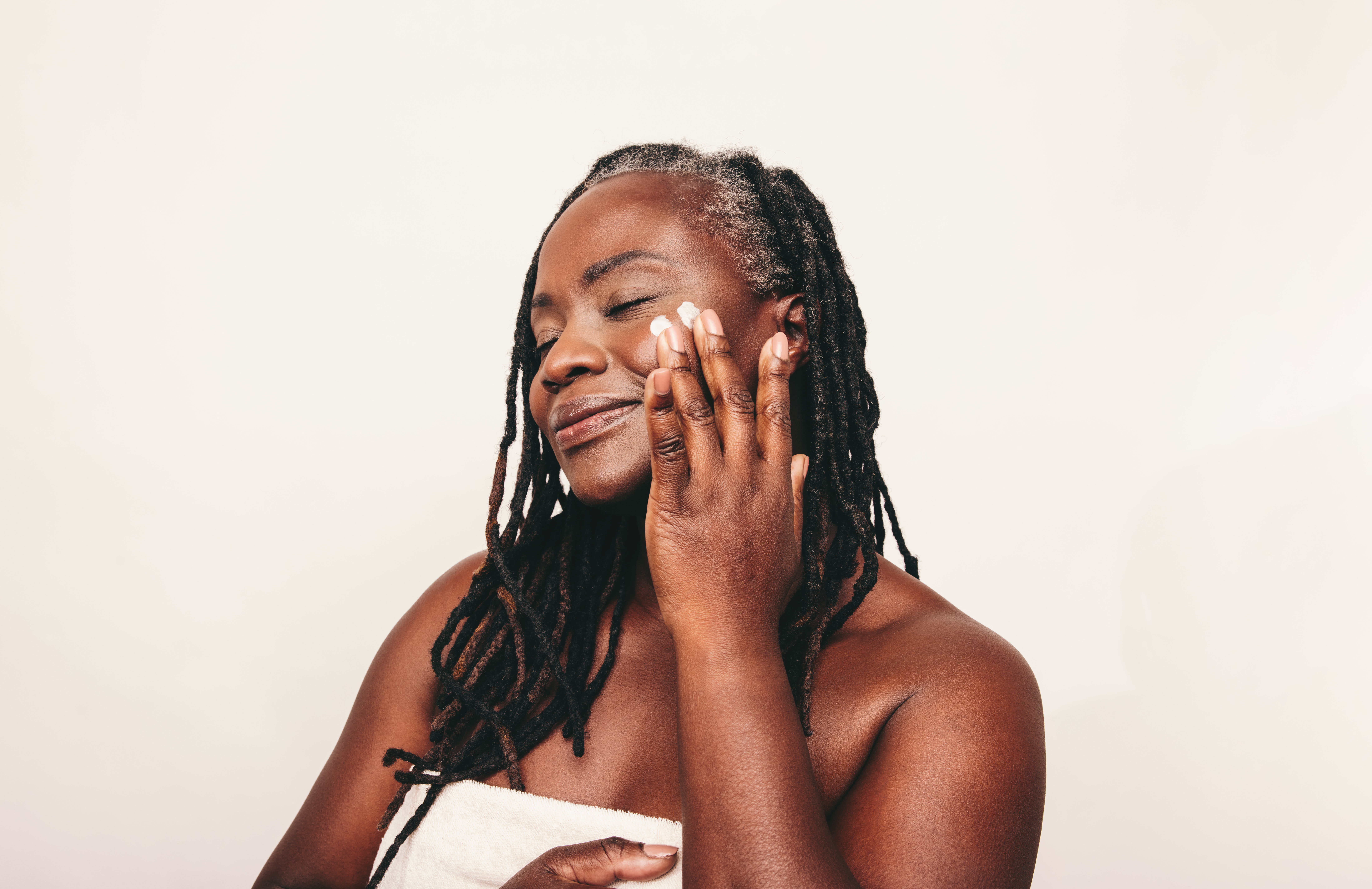The only thing more or equally as important as your morning routine is your skin care routine. And, with a host of products to use and methods to try, getting started and creating your own routine can get lost in the shuffle. From estheticians to trusted influencers, there’s an abundance of content around how to take care of your skin.
Depending on your skin type, there are steps that you can follow to retain moisture, plumpness and fight the other issues like discoloration, redness, wrinkles, etc. However, your skin care routine might be doing more harm than good — six ingredients to avoid now.
Six Ingredients to Avoid On Your Skin Now
Ingredients that strip the skin of its natural oils will lead to redness, dryness and irritation. You may know about the impacts of parabens, sulphates and emulsifiers, but there’s more where that came from. These ingredients, though common, should be avoided at all costs.
However, they help products feel and smell better. And with many skin care companies not being required to report all of their products’ ingredients, it can be hard to know what they actually contain. Here are a list of ingredients to avoid now:
- Polyethylene glycols (PEGs): Common moisturizing agent
- Methyl and propyl parabens: Impacts estrogen levels
- Aluminum: Carcinogenic astringent
- Formaldehyde: Extends shelf life
- Phthalates: Carcinogenic hardener
- Oxybenozone: Disrupts hormones
Considered synthetic ingredients, they’re a danger to your skin care and incredibly common. These toxic ingredients can cause build-up in the skin, which is often why your skin looks and feels irritated. Products with added moisture that leave your face feeling clean and last longer on your shelf are not worth disrupted hormones or cancer. Toxin-free and fragrance-free ingredients will add to the life of your skin, even if they don’t last on your shelf.
Your Skin Care Routine
Every person has their own set of skin care needs, ranging from added moisture to sensitivity. Here is a basic breakdown according to dermatologists of what dry, oily, sensitive and aging skin need (with added details about sensitivity):
Skin Care Routine for Dry and Oily Skin
You’ll want to add into your skin care routine cleansers, toners, serums, lotions, creams and oils that hydrate. This is also the order that you’ll want to use them in, allowing the products to go from lighter to heavier so that your skin really soaks up the moisture. Be sure that your moisture contains SPF so that all of your hard work isn’t zonked by the sun. At night, you can make one of the creams an eye cream too. Consider hydrating masks before peels or exfoliators although those can be applied safely too. Also, always feel free to check in with your dermatologist.
Oily skin, though “moisturized,” has its own set of benefits and issues. Stripping your skin of its natural oils is not the way to go as it will cause extra irritation. Dermatologists recommend washing the skin three times a day instead of two and products that will help to retain moisture while also controlling it. As oil is a breeding ground for bacteria, you’ll want products that cut the oil without removing it completely. Dermatologists recommend a cleansing gel, toner, serum, an oil-free moisturizer and SPF. A clay mask can help with excess oils as well. See the specifics around products at your local cosmetic or drugstore, and be sure to consult with a dermatologist or esthetician.
Skin Care Routine for Sensitive Skin
Both dry skin and oily skin can also be sensitive skin. On top of adding or controlling moisture, you must remember to use products that are non-irritants in an order that works for you, starting with a cleanser, toner, fragrance-free moisturizer and SPF combination. Hydrating masks are also your friend. They do the job of balancing your skin’s moisture, simplifying your skin’s issues and overall skin care routine. As far as aging goes, follow these same steps (minus the fragrance-free moisturizer, unless that’s a preference) while adding in a serum that helps to refine lines and lift the skin. A renewing eye cream and silicone face mask will also do the job of helping the skin to manage plumpness and smoothness.
Now that you have a list of products to avoid, you can go through your drawers and shelves to remove and replace harmful products. Are there any clean products that you’ve been meaning to try? Any products that you already have that aren’t as clean as you’d prefer? Let us know what products you add to your skin care routine and how using clean products changes the health of your skin.
